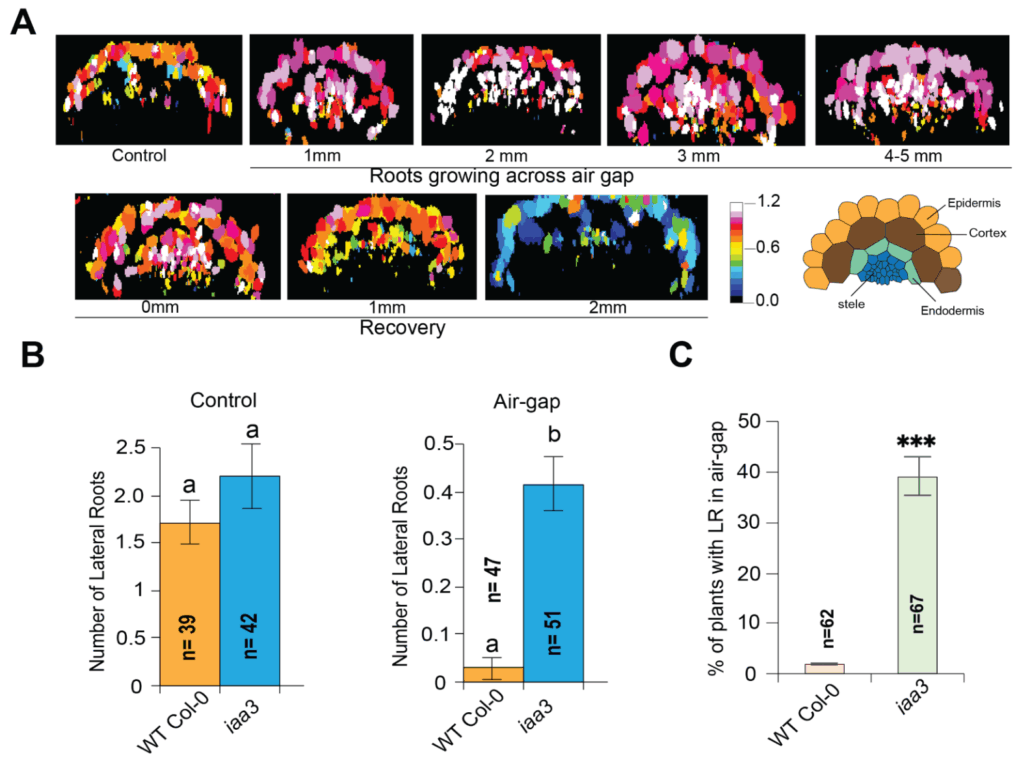
Multimerization of IAA3 via ROS suppresses lateral root formation in air gaps
Plant Science Research WeeklyRoot growth and branching is strongly tuned to environmental conditions including soil compaction, nutrient availability, and the presence of water, with auxin having a major role in regulating root architecture. Here, Roy et al. have demonstrated how auxin contributes to a suppression of root branching…
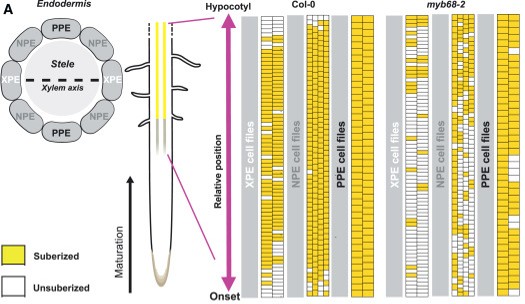
Identity is Everything : MYB68 regulates endodermal differentiation and suberin patterning
Plant Science Research WeeklyRoot cells are organized into concentric layers that facilitate the movement of water and nutrients. Among these, the endodermis overlays the root vasculature, allowing it to play a major role in selective uptake. To perform this function, endodermal cells undergo two distinct stages of differentiation.…
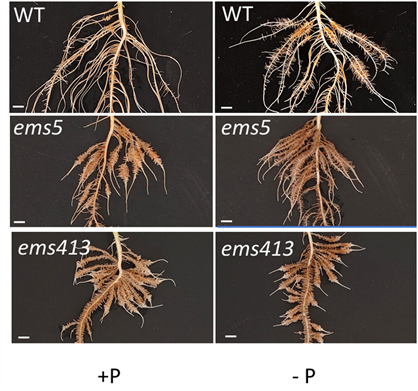
Bidirectional root-shoot signaling via CCR1 regulates cluster root and nodule development in legumes
Plant Science Research WeeklyLegume plants are renowned for their ability to form symbiotic relationships with nitrogen-fixing bacteria (rhizobia) in specialized root tissues called nodules. This symbiosis enables the conversion of atmospheric nitrogen into ammonia, a form of nitrogen that plants can readily use for growth. This…
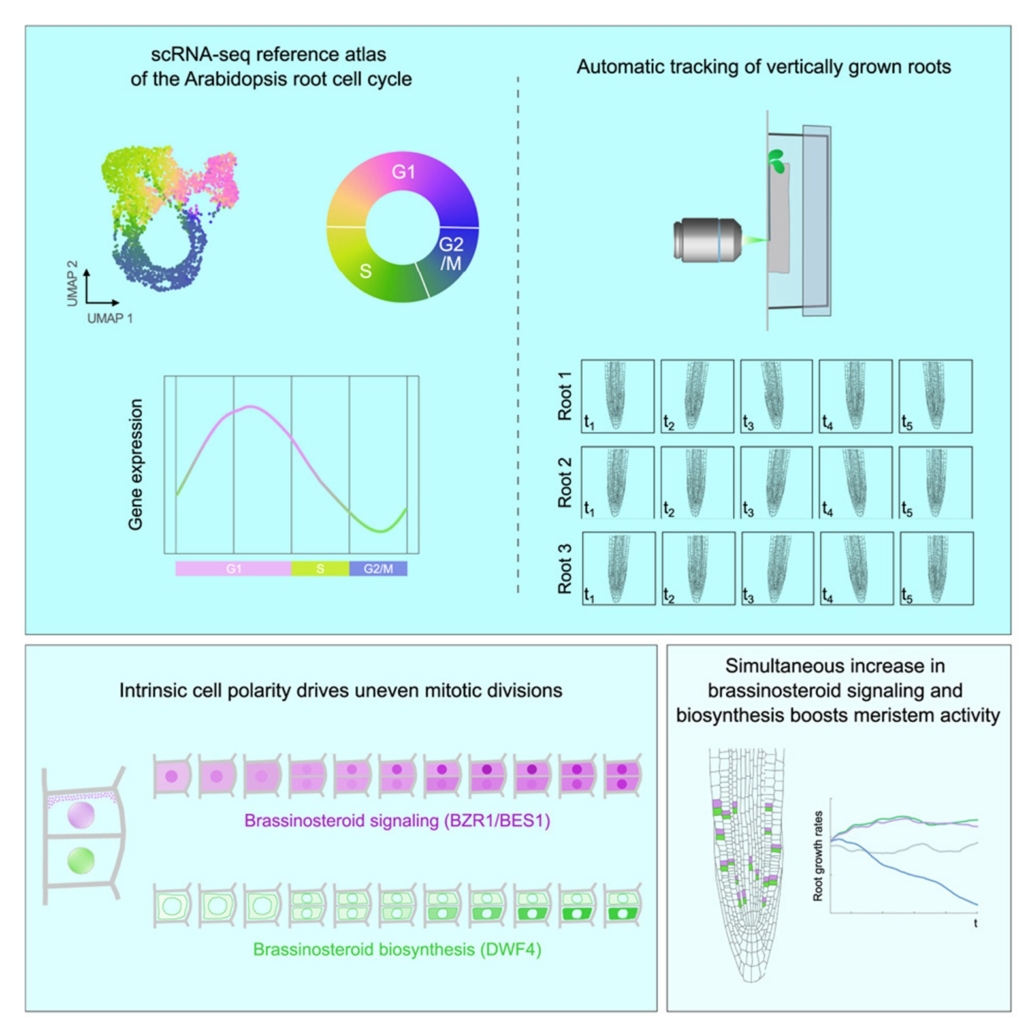
Brassinosteroids positively regulate growth through asymmetrical division
Plant Science Research WeeklyBrassinosteroids are plant hormones that play important roles in cell proliferation and expansion, but it is still unclear exactly what those roles are. Vukasinovic and colleagues show, in Arabidopsis thaliana root cells, that instrinsic brassinosteroid gradients signal anticlinal division. Single-cell…
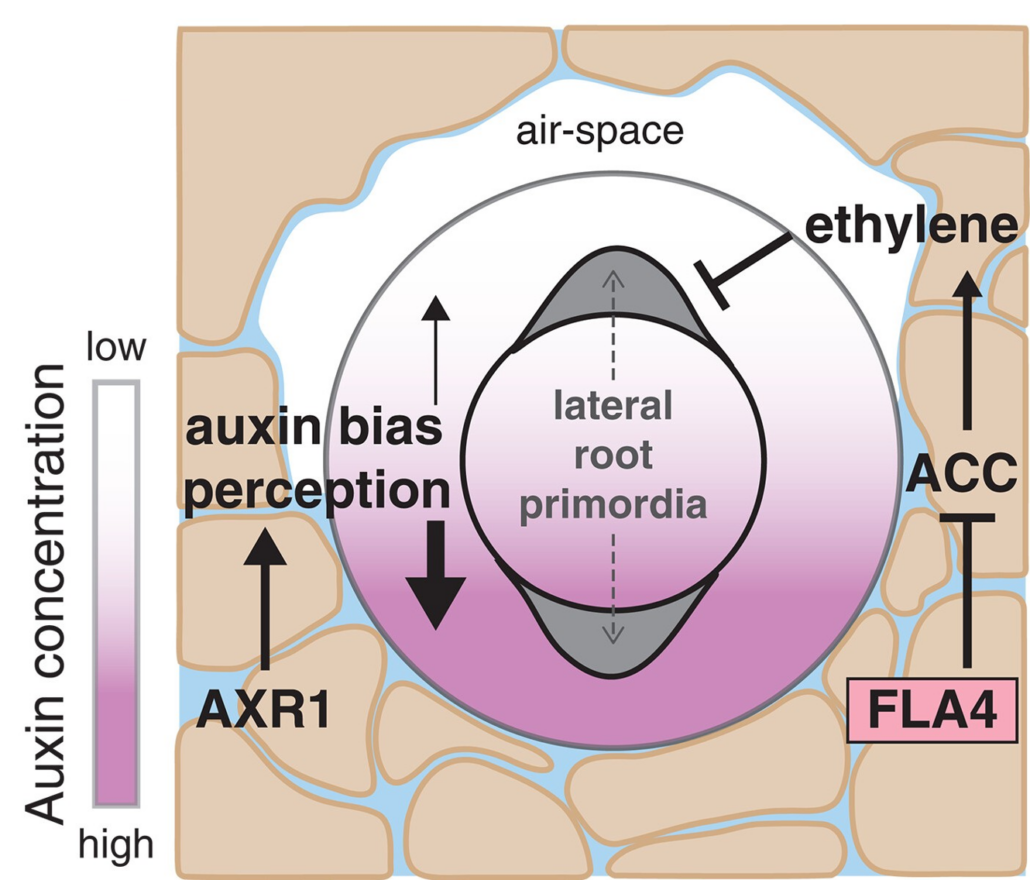
Diversity and genetic basis of hydropatterning in inbred maize lines
Plant Science Research WeeklyFor more than a hundred years, plant biologists have been fascinated by how plants sense and respond to environments that are spatially and temporally heterogenous. Many of these responses occur through the remarkable developmental plasticity of plant growth, such as phototropism and photomorphogenesis.…
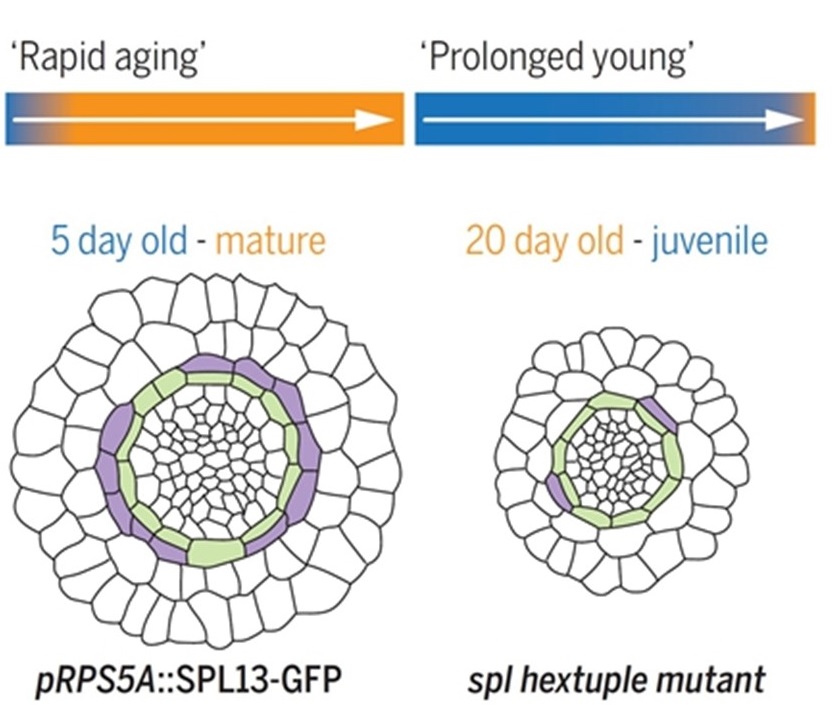
Key regulators of juvenile-to-adult phase change
Plant Science Research WeeklyThe precise control of cell division orientation drives plant 3D structure formation, enabling radial and longitudinal growth. The SPL pathway is closely linked to age-related processes in the shoot, driving the vegetative transition from juvenile to adult phases by regulating specific morphological…
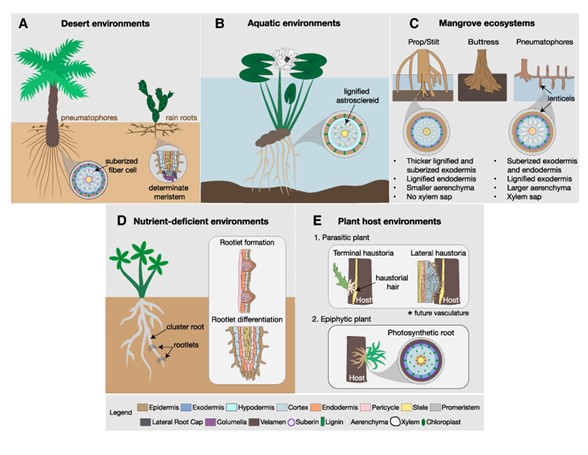
When form fits function: the value of root diversity to survival
Plant Science Research WeeklyFor a plant, form is function. Despite the diversity of forms that exist in nature, plant root diversity is notoriously understudied compared to their aerial counterpart. This review by Ramachandran and Ramirez et al. aims to revitalize the field of root form-function research by accentuating the vast…

Cambium secrets for vascular stem cell precision and adaptability
Plant Science Research WeeklyThe vascular cambium, a bifacial stem cell niche, generates xylem on one side and phloem on the other, driving wood formation—the largest reservoir of terrestrial biomass. This developmental system must balance producing two distinct cell types while maintaining a reservoir of stem cells. Key questions…
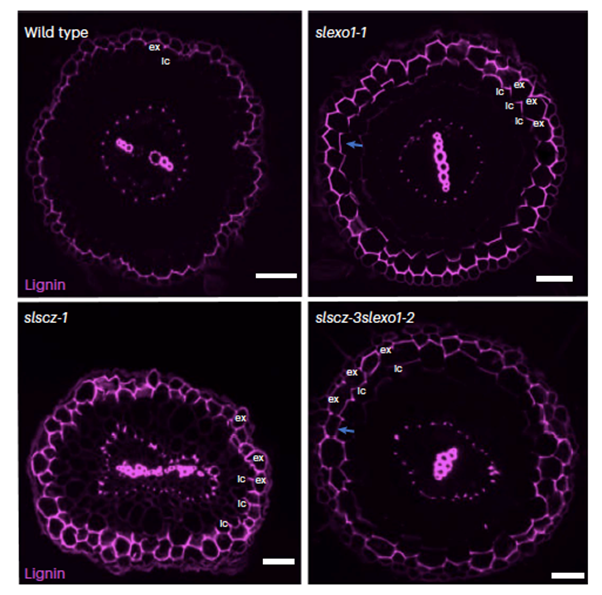
Regulation and function of a polarly localized lignin barrier in the exodermis
Plant Science Research WeeklyThe endodermal Casparian strip (CS) is a conserved lignin-based barrier in plant roots that seals the endodermal apoplastic space. Most angiosperms possess an additional root cell type, the exodermis, which also forms a barrier. However, its regulation remains poorly understood as this cell type is absent…

